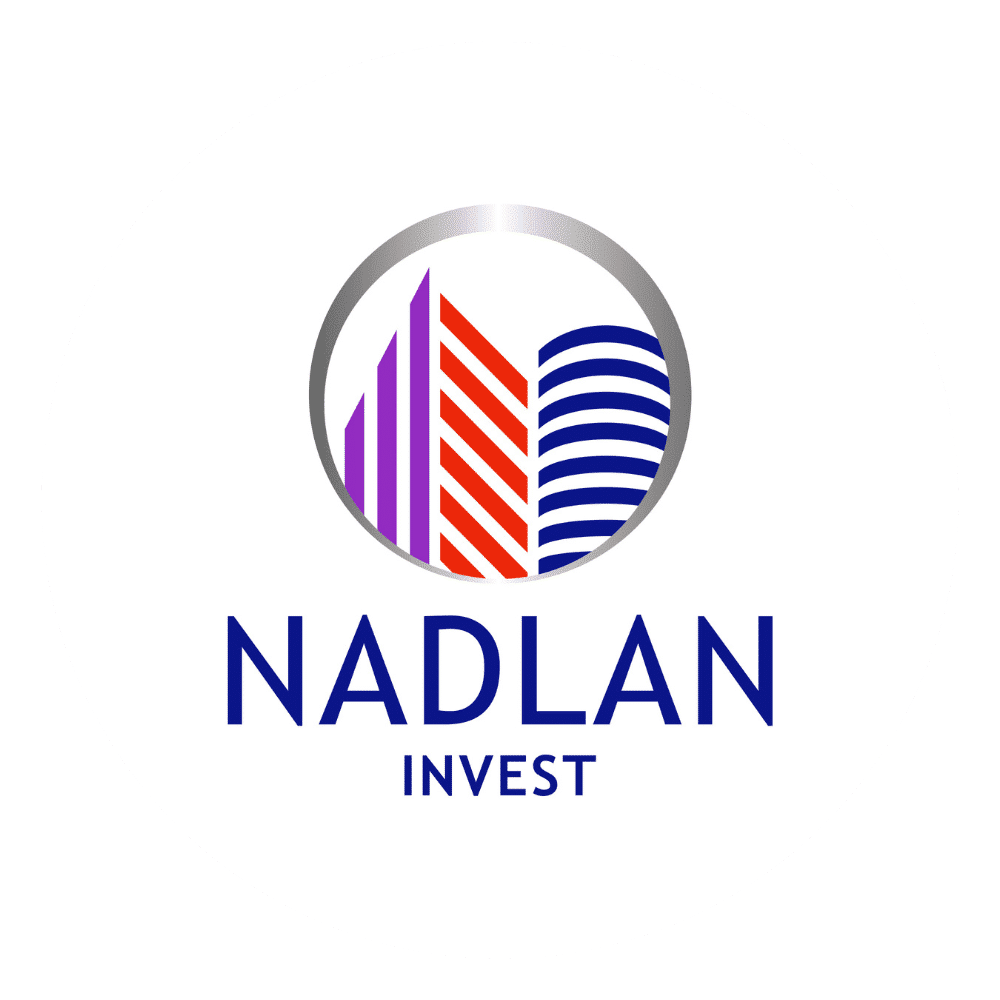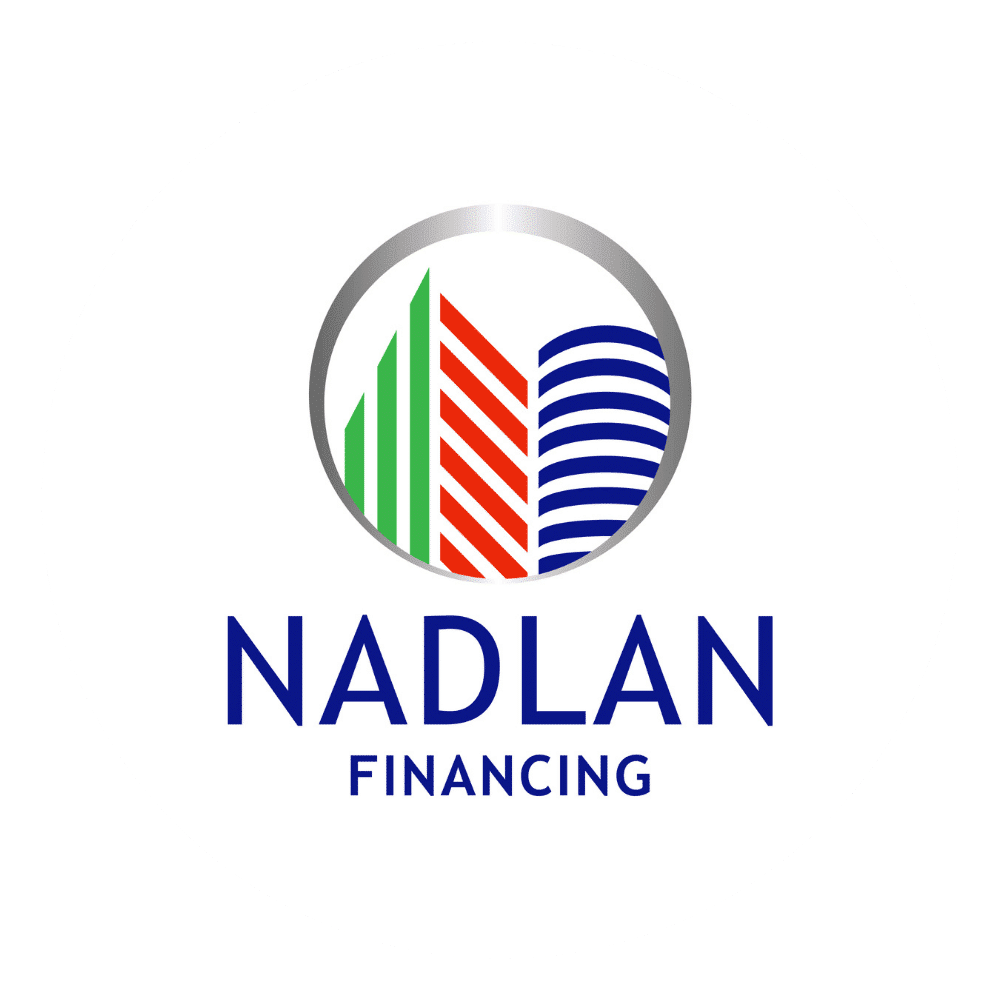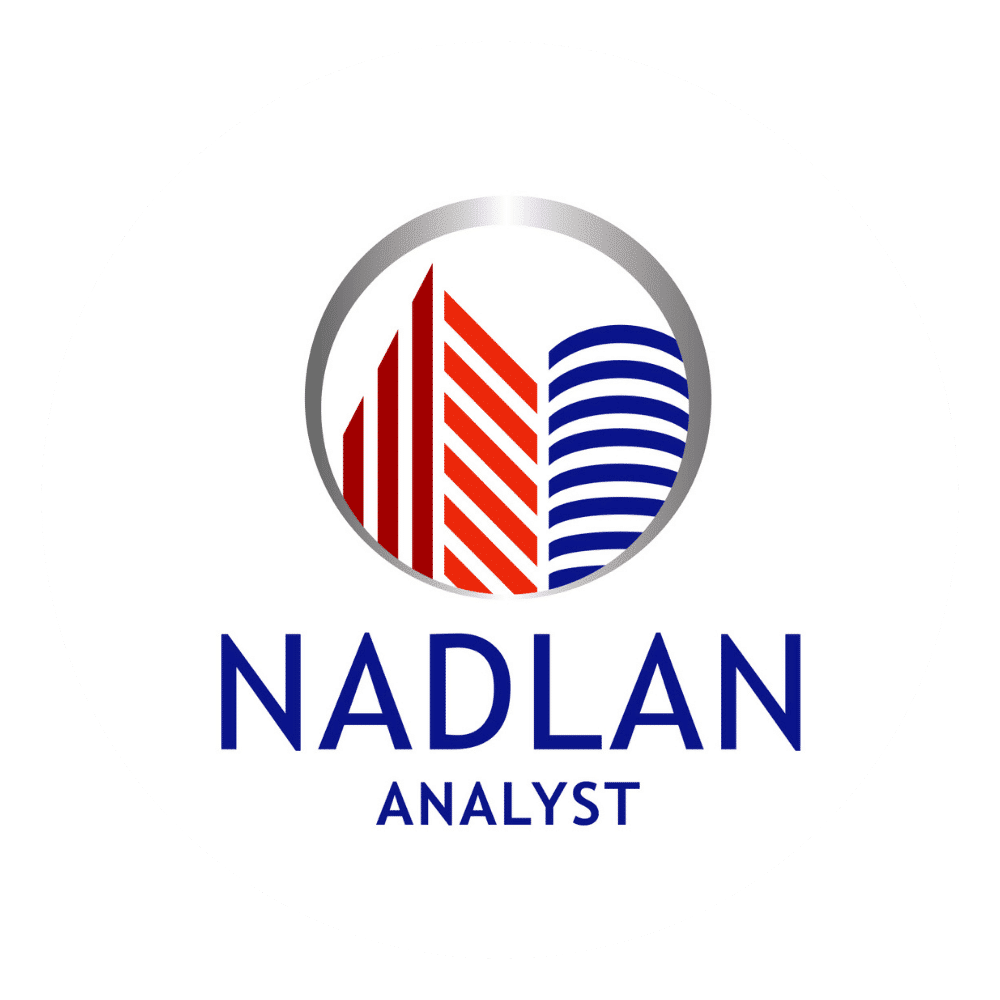Food for thought and more We will be happy for reactions: The Israeli investor has 100,000 $ for the purchase of one income ...

Food for Thought and more
The Israeli investor has $ 100,000 for the purchase of one or more income-producing properties.
The properties are bought below the market price and the average value of each property after renovation is 80,000 $.
Each asset will yield an average of:
Gross rental ~ $ 1050
Net annual average, after all expenses in the United States, before income tax ~ 700 $
He has several options:
1. Buying one property at $ 80,000
Net after $ 700 expenses
Hint: boring…
2. Buying 2 properties when each property was bought at:
Equity 50,000 $ + slice loan for ten years on the total 30,000 $ (4.25 interest)
Every house Yaniv:
Net rent from each house and annual average $ 700
Hallelujah refund: $ 307
Net from each home after the loan repayment: 393 $ = 700-307
Both houses will yield after the loans 393 * 2 = 786 $
At the end of the loan term, 2 will have clean houses from loans
3. Buying 3 properties when each property was bought at:
Equity 33,000 $ + slice loan for ten years on the total 47,000 $ (4.25 interest)
Every house Yaniv:
Net rent from each house and annual average $ 700
Loan repayment: $ 480
Net from each home after the loan repayment: 220 $ = 700-480
The three houses will yield together 3 * 220 = 660 $
At the end of the loan period, the investor will have 3 houses
What would you do?
Hoping that there was no critical error in the calculations.
And yes I know… left $ 1000 left over in the last option, do not be annoying 🙂
The original responses to the post can be read at the bottom of the current post page on the site or in the link to a post on Facebook and of course you are invited to join the discussion







































Choosing the first option only slightly upgrades it.
We are buying property below market price, hoping it is the ugly property on the beautiful street (there are techniques how to find these houses but it is a few posts in itself) let's say at 60 thousand.
We will renovate the property with another 20. Only now the renovated property is worth 110 thousand. (Of course we will make sure that a renovation in the neighborhood we buy can bring the house to such a market value, again, a few posts…)
In addition, let’s say you also find that a renovated home worth 110 in your neighborhood puts in a rent that approaches 10 percent after expenses, i.e. $ 11 a year. (Which is an excellent and possible rental, but not always easy to find, can you write a few posts about it… I already said?)
And now to Bonanza
Let's say you found a borrower who gave you a loan (on the threshold of the impossible in the first two years, but let's say)
And the lender gives you 7 percent interest for 30 a year.
In these types of transactions, you are likely to be able to withdraw approximately 65 percent of the home's value.
In our case, 65 percent are 71.5 thousand dollars.
On a loan of 71 thousand dollars for 30 a year, we will pay: 475 dollars a month.
That means we have $ 833 left over after all the expenses
And if we take away 475's mortgage, we are left with $ 358 a month.
In conclusion.
We put 80 thousand dollars in total.
The bank returned us a total of 71.5. That is
We have 8.5 thousand dollars left in the deal.
We earn 358 dollars a month. Which is 4,296
That means cash on cash we earn about this deal 50 percent after expenses !!!!
Plus you now have another 71.5 thousand bucks to buy another house and do this whole story from scratch !!!
and hence. The first option of my ingenuity is the most worthwhile option. 🙂
On the occasion, I will also try to share some posts about my specific transactions and data סימ to show references to all of these explanations. And to prove that I speak from experience
By the way, call this method BRRRR
By the way number 2, in the first two years, especially if you are a foreign national, probably most borrowers will not want to work with us. Does that mean about the method? that it will work after two years and until then we have to settle for a 10 percent return.
Question for all respondents, that you are talking about a loan… Where from? From which bank? Which bank in the US would give a loan to a person without a credit record there? Or are you talking about banks from Israel… Maybe there are other options?
I am curious about the ignorance, really curious to know.
Tamir is exactly what we learned from a previous lesson. I am of the opinion that it is clear that financing is preferable as long as the risk is calculated. It's as if the bank buys you a house and the tenant pays for it
Economically the last option is better! The question with sleeping well at night? ?
Depends on investor:
If he likes "action" option 3.
If it is solid and "relaxed" option 1.
Of course, the option of 3 can be more profitable but of course carries more risk (at one level or another, everything can be interpreted personally and biased)
With all due respect to income-producing real estate investments in the US (and there is respect, because I have been in these investments for several years), I am today in favor of slightly different investments, which increase capital and have a higher profitability עלות
Regardless of the location of the asset and the influence of the region and assuming that you did not make a mistake in one of the calculations, an 3 option
You go into an investment of 17-30 a year (with a loan).
If it is the same country and region - then you are actually increasing the risk by a factor (region + time)